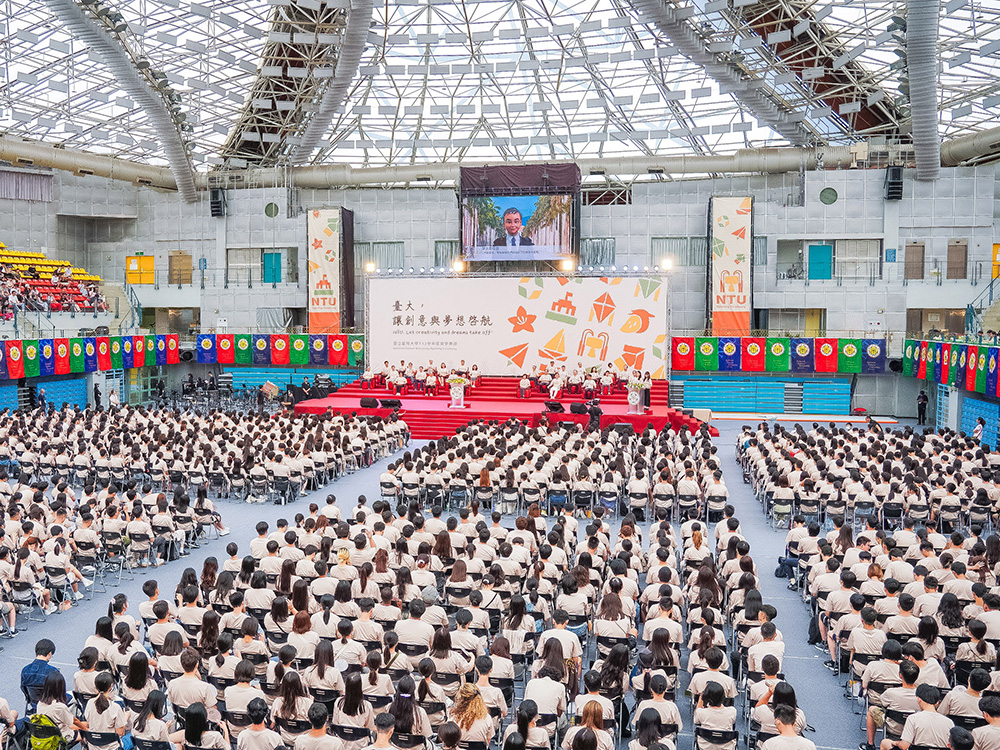
NTU Opening Ceremony: “Where Creativity and Dreams Take Flight”
瀏覽器版本過舊,或未開啟 javascript
請更新瀏覽器或啟用 javascript
Spotlights
A schematic diagram of the milestones in the development of phosphor materials. The demand for LED devices starts from basic white light lighting systems and high color rendering lighting systems and develops to high-quality backlight systems and high-end applications.
Encapsulated light-emitting diodes converted from different generations of phosphor materials.
In recent years, the technology related to light-emitting diodes (LEDs) has attracted worldwide attention. As a key light conversion material in LED devices, phosphor materials have an irreplaceable position in the development of LED components. In the past few decades, the requirements for phosphor materials have become more and more stringent, from the initial pursuit of high brightness to narrow-band emission, and even spectral regulation engineering to meet different functions. Although substantial progress has been made in the development of phosphor materials, it is still very challenging to meet all the requirements of high-end applications at the same time. Therefore, understanding the principles of past phosphor design is an important cornerstone for the development of novel phosphor materials.
Recently, the team of Distinguished Professor Ru-Shi Liu from the Department of Chemistry published a review on the evolution of phosphor materials and their applications in light-emitting diodes, in order to clarify the development history of phosphors, the design principles, and the future of phosphor crystal structures.
At first, the development goal of LED was to realize the most basic needs of human life: a high-efficiency white light-emitting light source. Therefore, the development goal of the first generation phosphor is to achieve high brightness and high efficiency. After the basic high-brightness requirement is fulfilled, human needs have increased to a better LED light source, that is, an LED light source that can more accurately display the true color of the illuminated object. After meeting the lighting needs, human beings pursue a better quality of life, including high-quality video systems, that is, human requirements for LED displays (backlight devices) have also increased. To achieve this goal, in addition to the above-mentioned requirements for phosphors, the requirements for narrow-band emission must be added. With the control of crystal structure, research and development of narrow-band emission phosphor materials.
This review provides a complete introduction to the development of phosphors in the past and expounds on the key mechanisms of phosphor research and development, which will help the research and development of novel phosphors in the future.
The results of this research were published in Chemical Reviews on May 22, 2022: https://doi.org/10.1021/acs.chemrev.1c00952 (Impact Factor 2020: 60.622)

NTU Opening Ceremony: “Where Creativity and Dreams Take Flight”
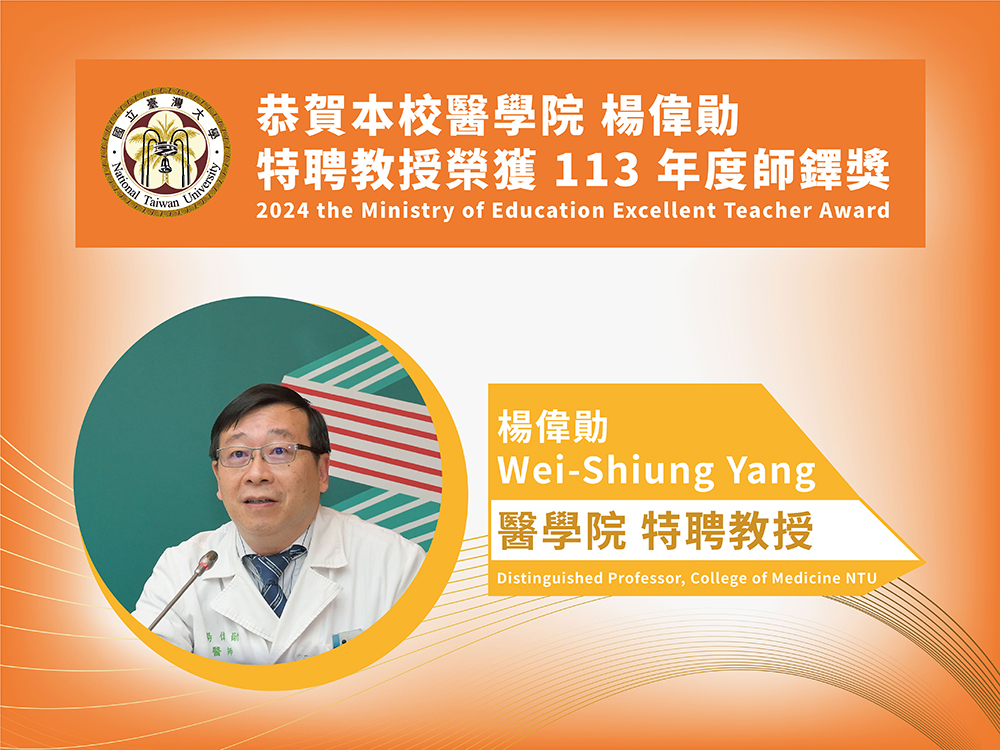
Prof. Wei-Shiung Yang wins MOE National Excellent Teacher Award
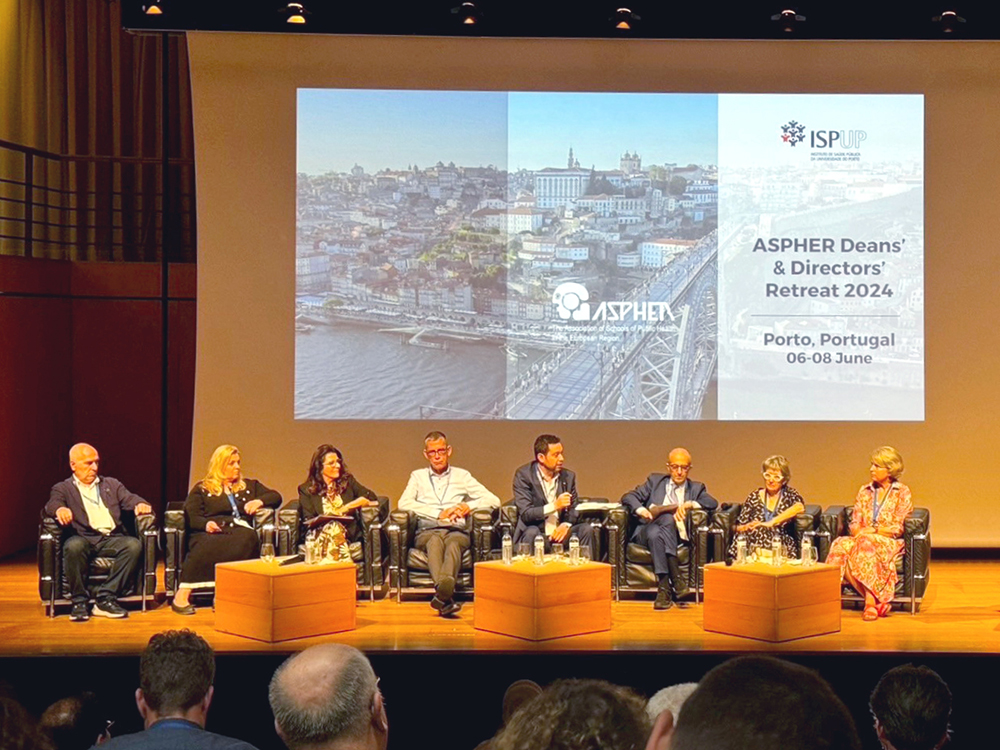
NTU College of Public Health's Global Health Program Joins the Association of Schools of Public Health in the European Region
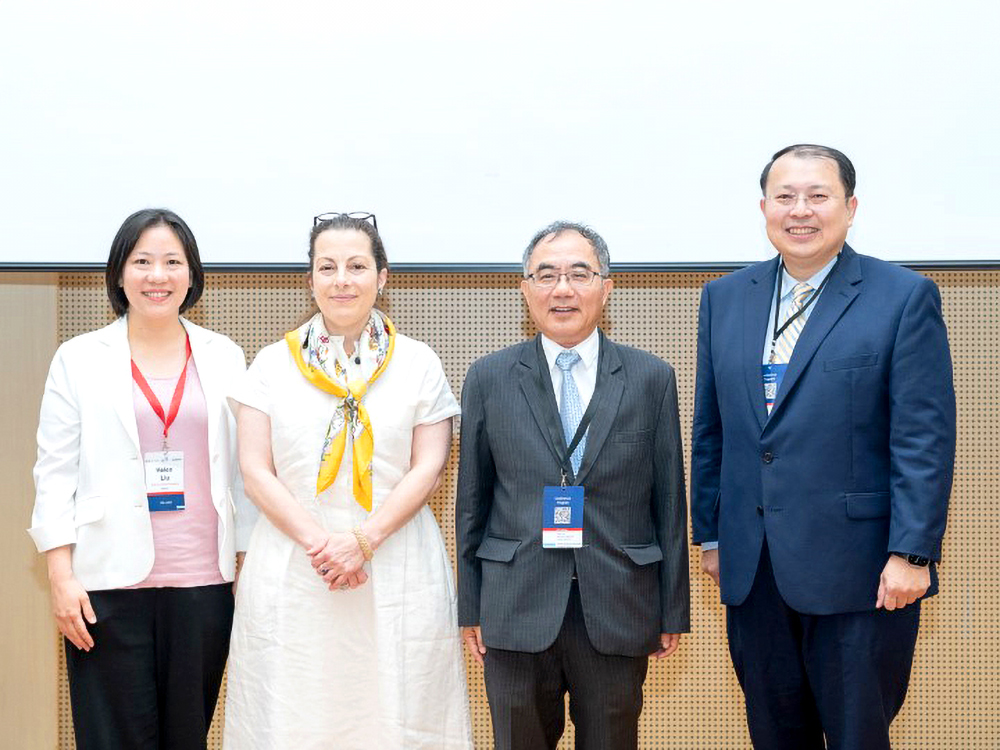
NTU hosts a successful dg.o 2024
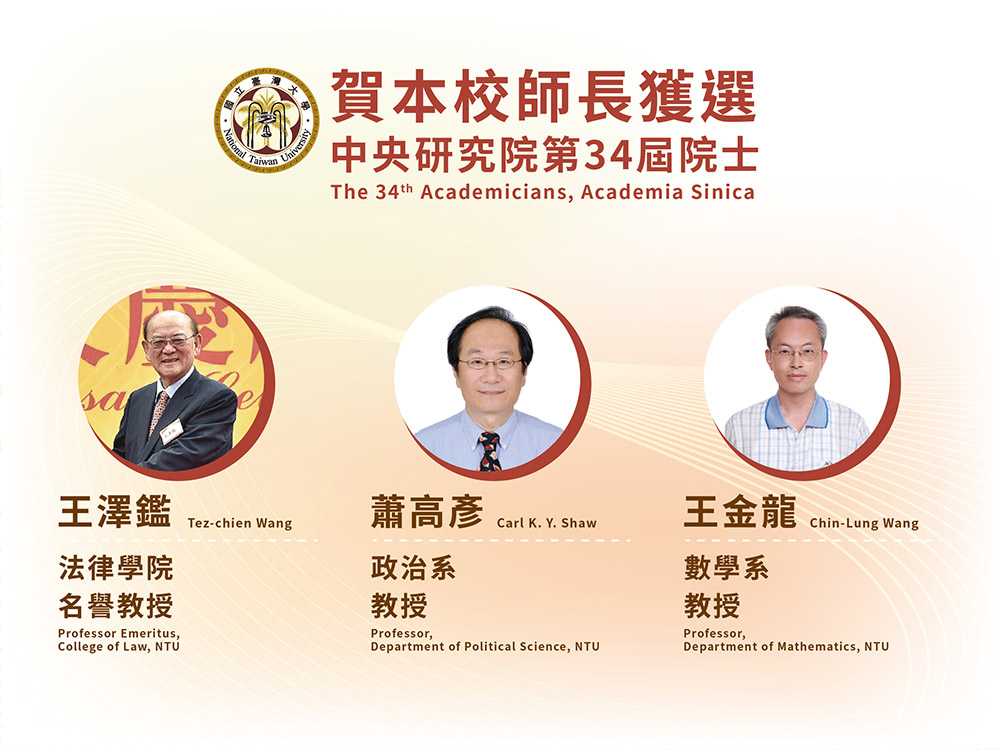
Congratulations to NTU faculty members elected as 34th AS academicians
Current Spotlights